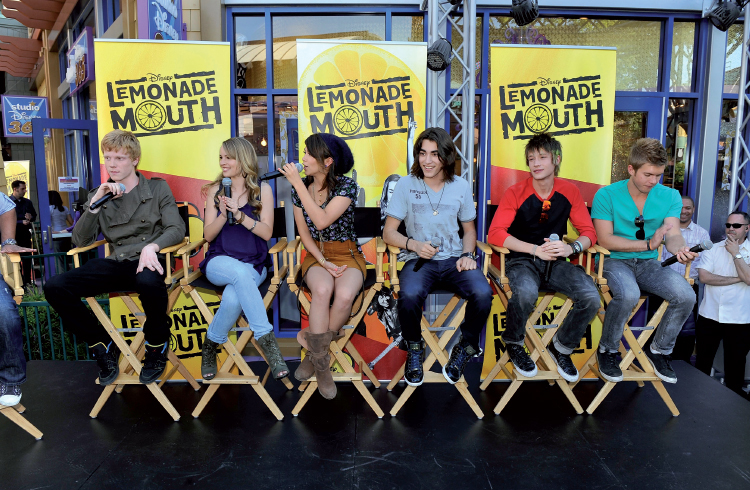The Rise of Specialization and Synergy
Printed Page 461
As globalization picked up speed, several mass media—namely, the magazine, radio, and cable industries—sought to tap specialized markets in the United States and overseas, in part to counter television’s mass appeal. For example, cable channels such as Nickelodeon and the Disney Channel serve the under-eighteen market, HISTORY draws older viewers, Lifetime and Bravo go after women, and BET targets young African Americans.
In addition to specialization, media companies sought to spur growth through synergy—the promotion and sale of different versions of a media product across a media conglomerate’s various subsidiaries. An example of synergy is Time Warner’s HBO cable special about “the making of” a Warner Brothers movie reviewed in Time magazine. Another example is Sony’s buying up movie studios and record labels and playing their content on its electronic devices (which are often prominently displayed in their movies). But of all the media conglomerates, the Walt Disney Company perhaps best exemplifies the power of both specialization and synergy.
